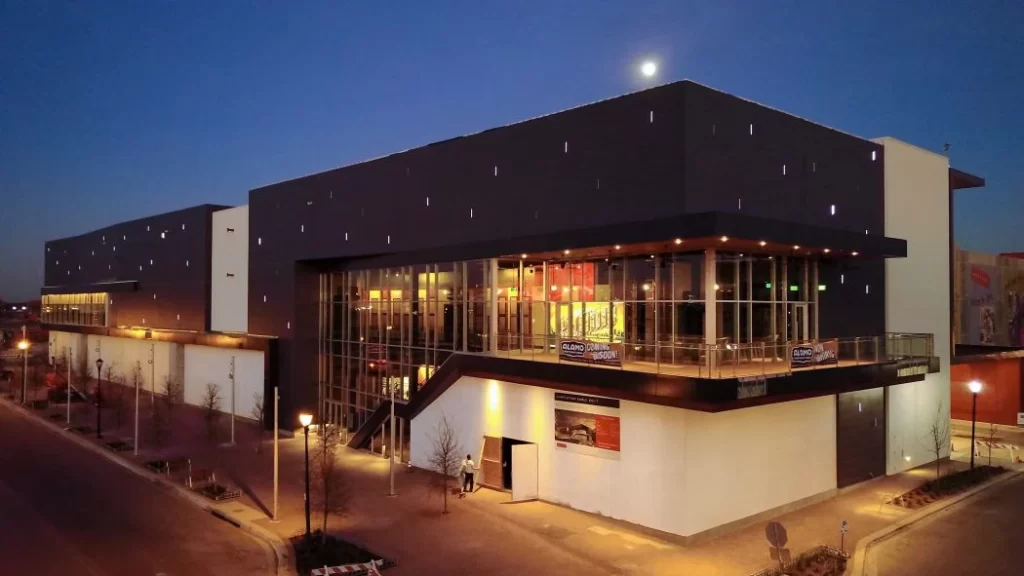In the realm of commercial architecture, the role of zoning laws in shaping the physical landscape of cities and towns cannot be overstated. These laws, enacted by local governments, exert a profound influence on the design, development, and functionality of commercial buildings. Understanding the intricate relationship between zoning laws and commercial architecture from a political perspective is crucial for architects and policymakers alike. This article delves into the impact of zoning laws on commercial architecture, exploring the challenges and opportunities they present for economic development and urban planning.
Key Takeaways
- Familiarity with zoning laws is essential for commercial architects to comply with regulations and avoid legal issues.
- Zoning laws shape the design and construction projects of commercial architects by determining permissible land use, building height, and setback requirements.
- Political dynamics influence the formulation and implementation of zoning laws, and understanding them helps architects navigate the regulatory environment and advocate for their projects.
- Navigating zoning restrictions poses challenges for commercial architects, but creative adaptation of designs and deep understanding of local zoning codes are necessary for compliance and meeting client vision.
The Importance of Understanding Zoning Laws for Commercial Architects
One crucial aspect for commercial architect is the understanding of zoning laws, as it plays a significant role in shaping their design and construction projects. Zoning laws determine the types of buildings and land uses that are allowed in different areas, ensuring that the built environment is organized and harmonious. By familiarizing themselves with these laws, commercial architects can create designs that comply with regulations, avoid legal issues, and ultimately deliver successful projects that contribute to the development of thriving communities.
How Zoning Laws Shape Commercial Architecture Projects
The regulations set forth by zoning laws significantly shape the outcome of commercial architecture projects. Zoning laws determine the permissible land use, building height, setback requirements, and other parameters that dictate the design and construction of commercial buildings. These laws ensure that commercial architecture projects align with the surrounding environment and adhere to community standards. They aim to promote safety, functionality, and aesthetic appeal while maintaining the integrity of the neighborhood. Commercial architects must have a deep understanding of zoning laws to navigate these regulations and create successful projects that enhance the community’s sense of belonging.

Exploring the Political Dynamics of Zoning Laws and Commercial Architecture
As zoning laws play a pivotal role in shaping the design and construction of commercial architecture projects, it is essential to delve into the political dynamics that influence the formulation and implementation of these regulations. Understanding the political dynamics behind zoning laws is crucial for commercial architects, as it allows them to navigate the complexities of the regulatory environment and design buildings that comply with the requirements while also meeting the needs of their clients. By exploring the political dynamics of zoning laws, commercial architects can better advocate for their projects and contribute to the development of vibrant and sustainable urban spaces.
Navigating Zoning Restrictions: Challenges for Commercial Architects
Navigating zoning restrictions poses significant challenges for commercial architects aiming to develop innovative and functional designs within the confines of regulatory limitations. These restrictions can dictate everything from the height and size of a building to its use and location. Commercial architects must carefully study zoning laws and regulations to ensure their designs comply with all necessary guidelines. This requires a deep understanding of the local zoning code, as well as the ability to creatively adapt designs to meet these requirements while still achieving the client’s vision. By successfully navigating these challenges, commercial architects can create spaces that are both aesthetically pleasing and legally compliant.
Strategies for Success: Adapting to Political Factors in Commercial Architecture
To effectively adapt to political factors in commercial architecture, architects must strategically analyze and respond to the ever-changing landscape of regulations and policies. In a field where zoning laws and government regulations play a significant role, understanding and navigating the political environment is crucial for success. Architects should actively engage with policymakers, participate in public hearings, and build relationships with key stakeholders to influence decision-making processes. By being proactive and staying informed, architects can effectively adapt to political factors and ensure the success of their commercial architecture projects.
Frequently Asked Questions
What Are Some Common Challenges That Commercial Architects Face When Dealing With Zoning Laws?
Some common challenges that commercial architects face when dealing with zoning laws include navigating complex regulations, obtaining necessary permits, and ensuring compliance with building codes. Additionally, they must address community concerns and balance the needs of various stakeholders.
How Do Zoning Laws Impact the Design and Layout of Commercial Architecture Projects?
Zoning laws have a significant impact on the design and layout of commercial architecture projects. These laws dictate the permissible land use, building height, setbacks, and other factors that architects must consider when designing commercial spaces.
What Are Some Key Factors to Consider When Navigating Zoning Restrictions as a Commercial Architect?
When navigating zoning restrictions as a commercial architect, it is crucial to consider key factors such as the local zoning laws, regulations, and permits. Additionally, understanding the political landscape and engaging with stakeholders can greatly impact the success of commercial architecture projects.
How Do Political Dynamics Influence the Implementation of Zoning Laws in Commercial Architecture Projects?
Political dynamics play a crucial role in shaping the implementation of zoning laws in commercial architecture projects. These dynamics influence the decision-making process, stakeholder engagement, and the formulation of regulations, ultimately impacting the design and development of commercial buildings.
What Strategies Can Commercial Architects Use to Successfully Adapt to the Political Factors Involved in Their Projects?
Commercial architects can successfully adapt to political factors in their projects by employing strategies such as building strong relationships with local government officials, engaging in community outreach, and staying informed about relevant zoning laws and regulations.
Conclusion
In conclusion, understanding the impact of zoning laws on commercial architecture is crucial for architects and policymakers alike. By examining the policies and regulations that govern land use for commercial purposes, we can gain valuable insights into the challenges and opportunities faced by commercial architects. Zoning laws shape the design, size, and functionality of commercial buildings, as well as their impact on economic development and urban planning. Navigating zoning restrictions can be challenging, but with strategic adaptation to political factors, commercial architects can find success in their projects.
You may also like to read:
How General Contractor Ratings Can Save Your Home Renovation






